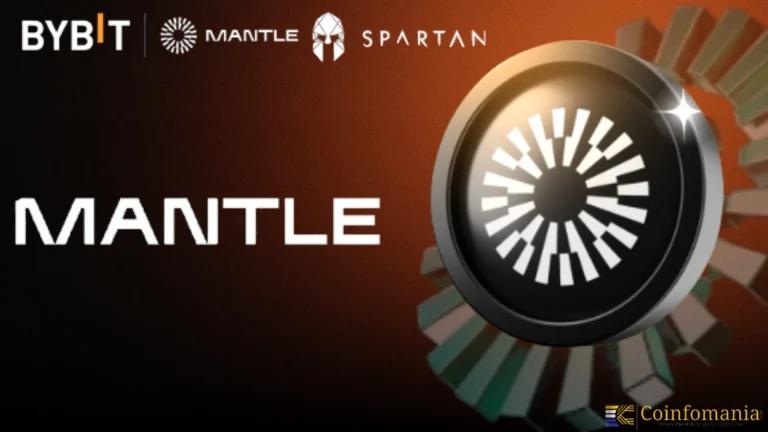Pi Network Reveals 80B Supply Plan, Scarcity Could Boost Value
Pi Network unveils its 80 billion total supply plan, balancing mining rewards, liquidity, and long-term scarcity.

Quick Take
Summary is AI generated, newsroom reviewed.
Pi Network confirms an 80 billion coin total supply with 65 billion allocated to mining rewards.
Only 10–20 billion pre-mainnet coins may migrate post-KYC, reducing circulating supply.
Scarcity-focused allocation could impact Pi’s future value after the open mainnet launch.
Pi Network has detailed its projected 80 billion coin total supply. The breakdown aims to reward both early pioneers and new users while managing long-term scarcity. The move could influence future value by ensuring a balanced, gradual release of coins into the market. Out of the 80 billion Pi total, 65 billion will go toward mining rewards.
This includes 20 billion Pi for pre-mainnet mining and 45 billion Pi for new mainnet mining. The remaining allocation includes 5 billion Pi for a liquidity pool and 10 billion Pi for the foundation and community initiatives. The Pi Core Team estimates that only 10-20 billion Pi from pre-mainnet mining will migrate after KYC verification. This is due to the removal of unverified or fake accounts. The rest of the mining rewards will be earned through mainnet mining under yearly supply limits.
Why Scarcity Matters
Limiting the amount of Pi that enters circulation at the open network launch creates scarcity. If demand grows, a smaller circulating supply could push prices upward. This controlled release model also prevents rapid inflation and helps maintain reward value over time.
Pi’s structure differs from other cryptocurrencies that face “all mined out” scenarios. Instead of releasing the majority of coins early, the network will steadily distribute them for years. This approach helps balance long-term miner incentives with healthy supply dynamics.
Opportunities for New Users
The plan ensures new participants can still join and mine Pi meaningfully. Early pioneers will not hold all the supply, reducing the risk of a small group dominating the network. By keeping mining open with limits, the community can expand and sustain engagement well beyond launch.
This design aligns with Pi Network’s emphasis on inclusivity and ongoing community growth. New users can contribute to the ecosystem without being disadvantaged by early adoption cutoffs.
Price Stability and Ecosystem Growth
Annual mining caps could also stabilize the market by preventing sudden supply surges. This stability gives Pi Network more time to build utility before facing major price swings. The liquidity pool allocation will further support smooth market operations.
The Pi Core Team also recently stressed ecosystem legitimacy through KYB (Know Your Business) verification for partner companies. This step aims to strengthen trust and enable secure integrations as the network evolves.
By combining scarcity, fair access, and gradual supply release, Pi Network’s supply strategy may help it avoid pitfalls faced by older cryptocurrencies. The project’s next challenge will be converting this economic design into sustained adoption and real-world use cases.
Follow us on Google News
Get the latest crypto insights and updates.
Related Posts

REX-Osprey Spot XRP ETF Goes Live Sept 12 in Landmark US Debut
Shweta Chakrawarty
Author

Spartan Group Moves $1.64M Mantle to Bybit After Two Months
Shweta Chakrawarty
Author

Trump Expands Solana Presence With Project Wings Launch
Ashutosh
Author